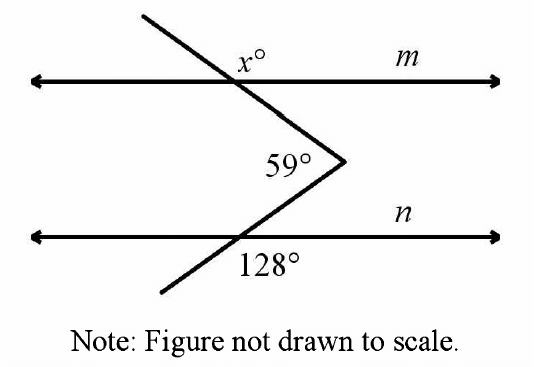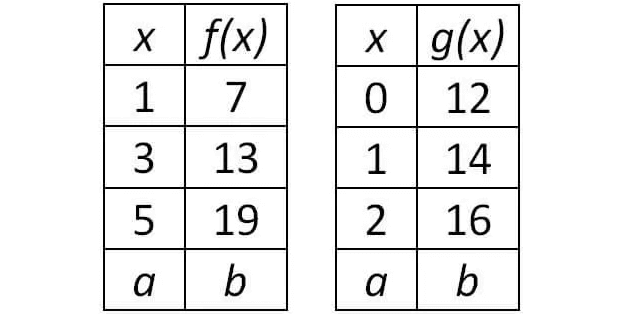DECILES
Deciles are the values which divide a given set of values into 10 equal parts.
The points of sub-divisions being
D1, D2, D3, D4, ................ D99
D1 is the value for which one-hundredth of the observations are less than are equal to D1 and the remaining ninety-nine hundredths observations are greater than or equal to D1, once the values are arranged in ascending order of magnitude.
Methods to Find Deciles
Method 1 (Unclassified Data) :
For unclassified data, formula to find dth decile is given by
(n + 1)dth value
Here, d = 1/10, d = 2/10, d = 3/10, ...... p = 9/10 for D1, D2, D3, ........... D9 respectively.
Method 2 (Classified Data or Grouped Frequency Distribution) :
In case of grouped frequency distribution, we consider the following formula for computation of deciles.
Here, d = 1/10, d = 2/10, p = 3/10,......p = 9/10 for d1, d2, d3, ............ d9 respectively.
Moreover,
l1 = Lower class boundary of the decile class. That is, the class containing decile.
N = Total frequency
Nl = Less than cumulative frequency corresponding to l1. (Pre decile class)
Nu = Less than cumulative frequency corresponding to l2. (Post decile class)
l2 being the upper class boundary of the decile class.
C = l2 - l1 = length of the decile class.
Example 1 :
Following are the wages of the laborers :
$82, $56, $90, $50, $120, $75, $75, $80, $130, $65
Find D6.
Solution :
Number of values given (n) = 10
Arrange the wages in ascending order :
$50, $56, $65, $75, $75, $80, $82, $90, $120, $130
Formula to find decile is
(n + 1)dth value
To find D6, substitute 10 for n and 6/10 for p in the above formula.
(n + 1)dth value = (10 + 1) ⋅ (6/10)th value
Simplify.
(n + 1)dth value = (11) ⋅ (6/10)th value
(n + 1)dth value = (66/10)th value
(n + 1)dth value = 6.6th value
Find 6.6th value in the ascending order of wages :
6.6th value = 6th value + 0.6(7th value - 6th value)
6.6th value = 80 + 0.6(82 - 80)
6.6th value = 80 + 0.6(2)
9.02th value = 80 + 1.2
9.02th value = 81.2
So, D6.6 is $81.20.
Example 1 :
Following distribution relates to the distribution of monthly wages of 100 workers.
|
Wages (in $) Less than 500 500 - 699 700 - 899 900 - 1099 1100 - 1499 More than 1500 |
Number of workers 5 23 29 27 10 6 |
Compute D7.
Solution :
Computation of D7
|
Wages (in $) |
Number of workers (less than cumulative frequency) |
|
L 499.50 699.50 899.50 1099.50 1499.50 U |
0 5 28 57 84 94 100 |
The formula to find decile for grouped frequency distribution is
Number of values given (N) = 100
For D7, we have
d = 7/10
Then, we have
Nd = 100⋅ (7/10) = 70
In the cumulative frequency table above, 70 comes between 57 and 84.
Then, we have
Nl = 57
Nu = 84
l1 = 899.50
C = 1099.50 - 899.50 = 200
To find D7, substitute the above values in the formula.
D7 = 899.50 + [(70 - 57)/(84 - 57)] ⋅ 200
D7 = 899.50 + (13/27) ⋅ 200
D7 = 899.50 + 2600/27
D7 = 899.50 + 96.30
D7 = 995.80
Kindly mail your feedback to v4formath@gmail.com
We always appreciate your feedback.
©All rights reserved. onlinemath4all.com
Recent Articles
-
Quadratic Equation Problems with Solutions
Apr 12, 25 08:21 PM
Quadratic Equation Problems with Solutions -
Digital SAT Math Problems and Solutions (Part - 142)
Apr 11, 25 06:26 PM
Digital SAT Math Problems and Solutions (Part - 142) -
Digital SAT Math Problems and Solutions (Part - 141)
Apr 11, 25 10:38 AM
Digital SAT Math Problems and Solutions (Part - 141)

